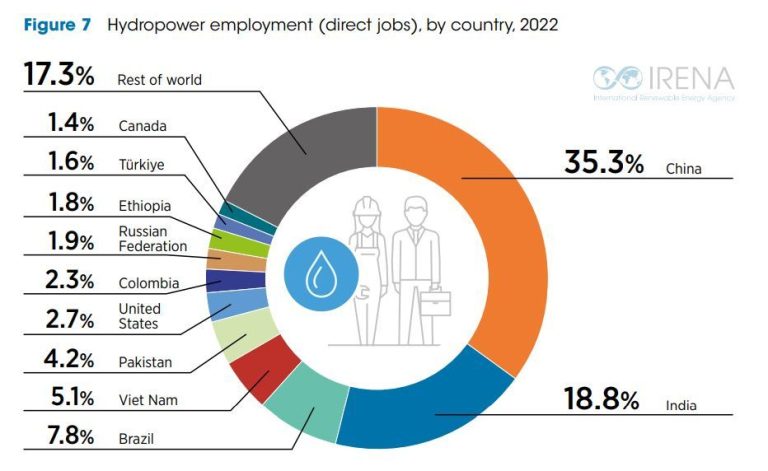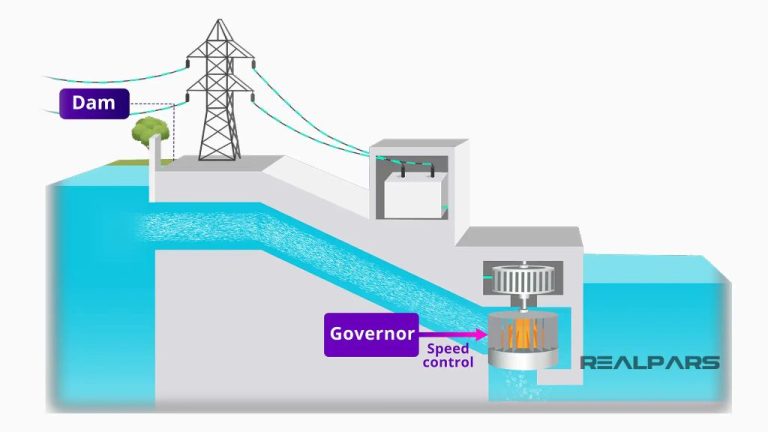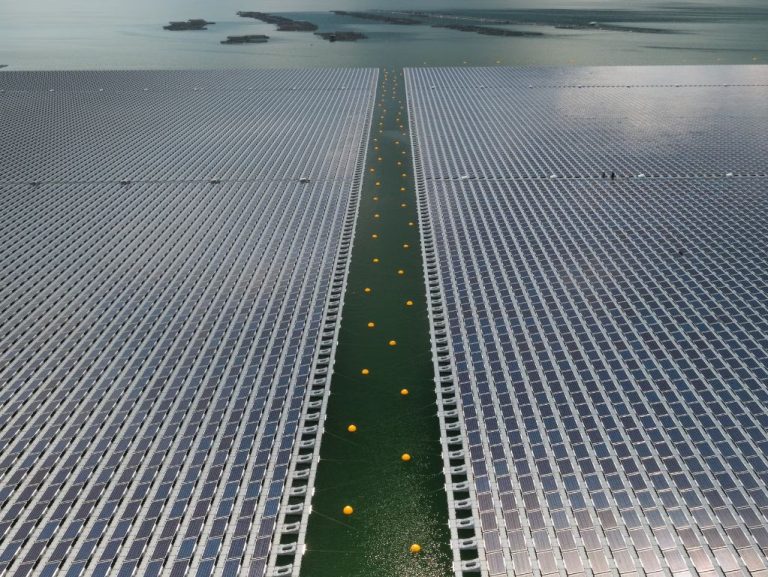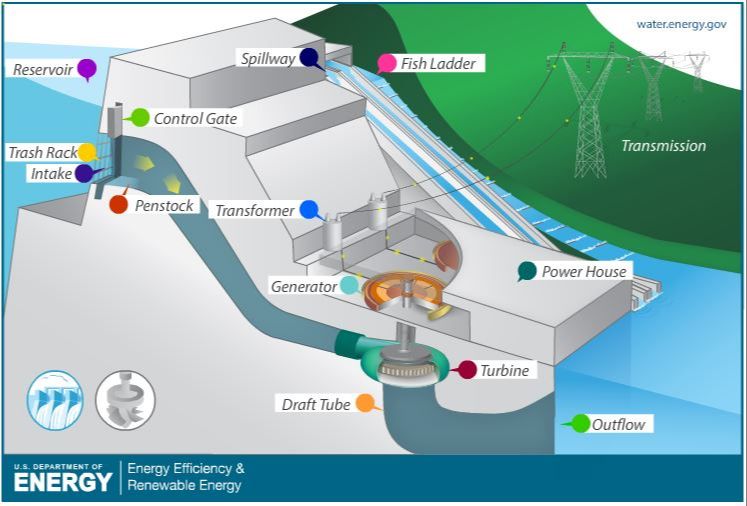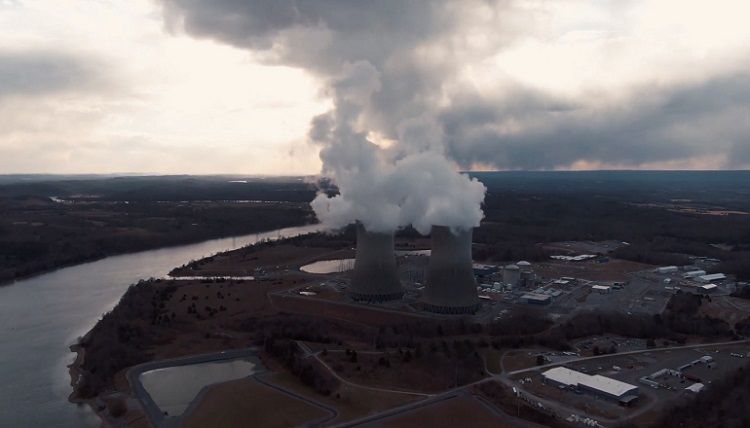Does Hydropower Work In The Ocean?
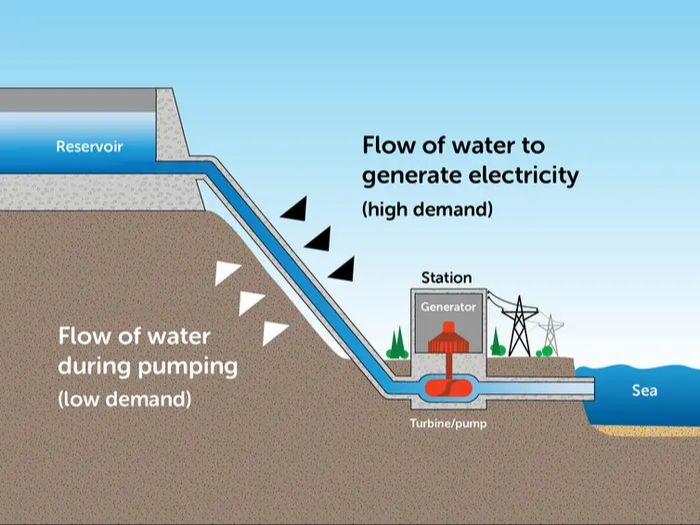
Hydropower is a renewable source of energy that generates electricity from flowing water. Conventional hydropower utilizes dams and turbines to convert the energy from river flows into electricity. Ocean energy refers to technologies that harness energy from ocean waves, tides, currents, salinity gradients, and ocean thermal gradients to generate electricity.
There has been growing interest in utilizing ocean energy resources to produce renewable electricity. However, generating energy from the ocean comes with unique advantages and challenges compared to traditional hydropower. Key factors to consider include how ocean energy technologies work, associated costs, environmental impacts, and overall feasibility.
This article will provide an overview of whether and how hydropower can work effectively in the ocean. We will examine the different ocean energy technologies being developed, economic and environmental considerations, case studies, and the future outlook for ocean hydropower.
How Hydropower Works
Hydropower plants capture the energy of falling water to generate electricity. They utilize dams built across rivers to store water in a reservoir. When the water is released from the reservoir, it flows through a turbine, causing it to turn. The turbine spins a generator to produce electricity. The amount of electricity that can be generated depends on the volume of water flow and the vertical height (“head”) of the water. The greater the flow and head, the more electricity produced [1].
The core components of hydropower plants are the dam, turbine, generator, and transformer. The dam stores river water and controls its flow through the turbines. The force of the moving water pushes the turbine blades, which spin a shaft connected to the generator. The generator uses electromagnetic induction to convert the mechanical rotation into electrical energy. Transformers then step up the voltage for transmission over the electrical grid [2].
This same process could potentially be adapted to harness energy from ocean waves and tides. Installing turbines underwater could capture the kinetic energy as seawater flows past. Ocean currents also move massive amounts of water that could spin turbines. However, the intermittent nature of ocean energy poses engineering challenges not faced by traditional hydropower from rivers.
Ocean Energy Technologies
There are several ways to harness renewable energy from ocean waves, tides, currents, and thermal gradients. The main categories are:
Tidal energy captures energy from the natural rise and fall of ocean tides using tidal turbines that resemble underwater windmills. They generate electricity as tides flow in and out past them.
Wave energy uses the motion of waves at the surface to drive generators. Technologies include floating buoys, oscillating water columns, and other designs that rise and fall with the waves.
Ocean thermal energy conversion (OTEC) uses the temperature difference between cooler deep seawater and warmer surface water to produce energy. This thermal gradient drives a heat engine.
These technologies convert the kinetic energy of ocean movements into mechanical energy that turns electrical generators. By tapping the immense energy contained in oceans, they offer a stable, renewable power source.
Challenges of Ocean Hydropower
One of the main challenges with harnessing energy from the ocean is the difficulty in generating continuous power from intermittent ocean currents and waves (https://www.planete-energies.com/en/media/article/ocean-energy-challenges). Unlike some other renewable sources like solar and wind which have more predictable patterns, the ocean can be sporadic and constantly changing which makes it hard to produce steady and reliable energy output.
Additionally, the saltwater environment is highly corrosive which can damage equipment and machinery designed to capture wave and tidal energy (https://scholar.harvard.edu/vincentjelani/publications/developing-wave-energy-has-its-challenges). Components exposed to seawater need to be extremely durable and resistant to corrosion, which adds engineering challenges and costs.
High upfront infrastructure costs are another obstacle for ocean renewable projects. Building underwater turbines, installing subsea cables and moorings, and constructing onshore supporting facilities requires major capital investment. This can make ocean energy less financially viable than other renewable energy technologies.
Environmental Concerns
Ocean hydropower technologies can have potential impacts on marine ecosystems and habitats if not properly managed. According to the U.S. Energy Information Administration, hydropower dams and reservoirs may negatively affect native plants and animals in and around the ocean (https://www.eia.gov/energyexplained/hydropower/hydropower-and-the-environment.php). For example, wave and tidal technologies could disrupt marine mammal migration routes and impact seabird populations. Underwater turbines may also pose a collision risk for fish and whales.
According to the Union of Concerned Scientists, flooding land for hydropower reservoirs destroys wildlife habitat and agricultural land (https://www.ucsusa.org/resources/environmental-impacts-hydroelectric-power). While ocean hydropower does not require reservoirs, the structures and equipment could still negatively impact habitats and species. Visual pollution from surface infrastructure is another concern, as it mars ocean views.
Proper siting, impact assessments, and mitigation strategies can help minimize risks to the environment. But more research is needed to fully understand the long-term ecological effects of ocean hydropower technologies.
Costs vs Traditional Hydropower
The costs of ocean hydropower are generally higher than traditional hydropower plants. Ocean hydropower technologies like tidal power and wave power require substantial infrastructure investments to withstand the harsh ocean environment. Steel, concrete and underwater electrical cabling costs are significantly higher than building dams and turbines for river hydropower. Maintenance costs are also higher due to operating in corrosive seawater and coping with storms and fouling of equipment.
The levelized cost of energy (LCOE) for ocean hydropower ranges from $0.15 to $0.35 per kWh, compared to around $0.05 per kWh for traditional hydropower according to the International Renewable Energy Agency (IRENA 2018). However, costs vary greatly depending on the technology used and location. Tidal range facilities that dam estuaries like the La Rance facility in France produce power at $0.12/kWh. But experimental technologies can still cost 3 times more than conventional sources.
Overall, the high infrastructure costs make ocean hydropower less economically attractive compared to tapping rivers and streams. But costs may fall as the technologies mature and scale of installations increases. More experience operating in marine environments can also lower maintenance costs over time.
Case Studies
There are a few notable real world examples of ocean hydropower projects that provide insights into what has worked and what challenges remain. The Sihwa Lake Tidal Power Station in South Korea is one of the largest tidal power plants in the world at 254 MW capacity. Built in 2011, it utilizes the large difference between high and low tides in the lake to generate electricity via tidal barrage technology [1]. While the project has been an overall success, there have been some environmental concerns such as increased turbidity and changes to aquatic ecosystems [2].
Another example is Aquamarine Power’s Oyster wave power technology, which captures energy from nearshore waves and converts it to electricity. In 2009, a 315 kW Oyster device was installed at the European Marine Energy Centre in Scotland and was successfully connected to the grid. However, the company went bankrupt a few years later after facing challenges with scaling up the technology [3]. Overall, these cases demonstrate the viability of ocean hydropower while highlighting the difficulties in making such projects economically feasible on a large scale.
Future Outlook
The future viability of ocean hydropower looks promising as the technology continues to advance. Some key factors that may improve the feasibility of ocean hydropower include:
Advances in materials and engineering that allow for more durable equipment to withstand the harsh ocean environment. Companies like Eco Wave Power are using novel generator designs and control systems to optimize energy capture.
New configurations such as co-locating ocean hydropower with offshore wind farms that allow sharing of transmission infrastructure and lower project costs. Hybrid floating platforms that combine wind, wave, tidal, and solar energy are also being researched.
Innovations in energy storage technology, forecasting of ocean conditions, and machine learning for optimizing operations will further boost the performance and reliability of ocean hydropower.
Supportive government policies, subsidies, and initiatives to fund pilot projects and test sites will help drive down costs as the industry matures. Favorable regulatory frameworks can also encourage private investment and project deployment.
With many coastal populations across the globe, there is a large addressable market and demand for local, renewable ocean energy. If costs can reach competitiveness with traditional energy sources, adoption of ocean hydropower could grow substantially in the coming decades.
Pros and Cons
Ocean hydropower offers several key advantages as a renewable energy source. According to Solar Reviews, wave energy does not emit any greenhouse gases, making it a zero-emissions energy source. Harnessing energy from waves is also consistent and predictable, as waves are always moving. This makes wave power a reliable source compared to solar or wind power.
Additionally, wave energy is located close to coastal cities that need power. According to Conserve Energy Future, having power plants near populated coastal areas means less energy is lost in transmission over long distances.
However, there are some significant disadvantages to ocean hydropower. The biggest is that suitable locations are limited. Only coastal areas with substantial wave activity are viable sites. This geographic restriction makes expanding wave power difficult, as noted by GreenTumble. There are also high infrastructure costs required to build and maintain equipment that can withstand harsh ocean conditions.
Overall, ocean hydropower has notable environmental benefits as a zero-emission energy source. But the geographic limitations and high costs pose challenges to scaling the technology widely. More development may help improve efficiency and reduce expenses over time.
Conclusion
In conclusion, ocean hydropower has enormous potential but still faces major challenges before being viable on a large scale. The technologies to harness wave, tidal, ocean current and ocean thermal energy are still in early development stages. Significant hurdles remain such as high costs compared to conventional hydropower, environmental concerns, and difficulties operating in harsh ocean conditions. However, with continued research and innovation, ocean hydropower could become a major renewable energy source in the coming decades. This source estimates ocean hydropower could potentially provide up to 400,000 TWh per year globally, far exceeding current world energy demand. While not yet feasible for widescale implementation, pilot projects show promise and highlight the vast opportunities. With the right investments, policies, and technological improvements, ocean hydropower may play a substantial role in clean energy production in the not-too-distant future.

